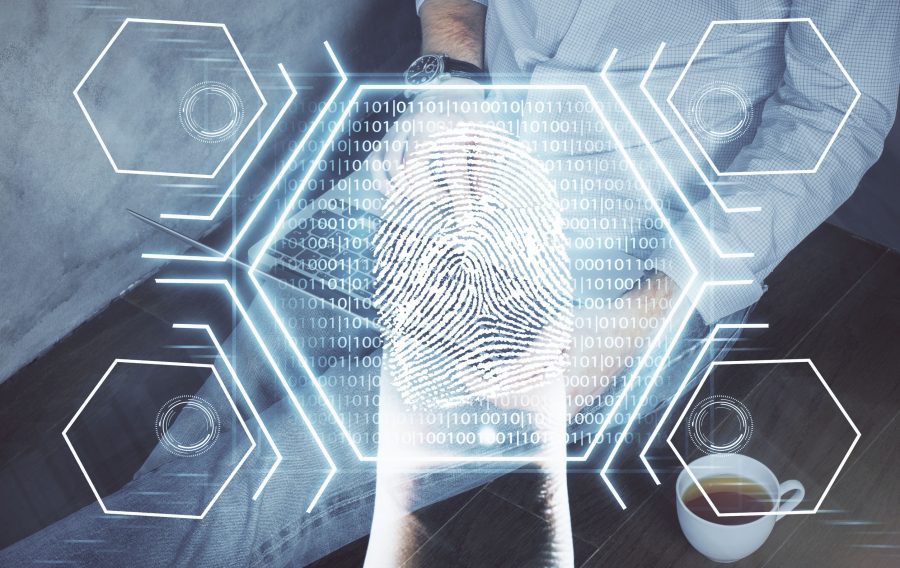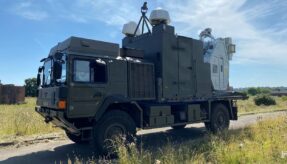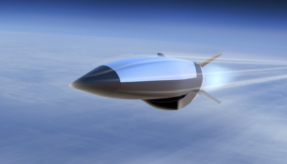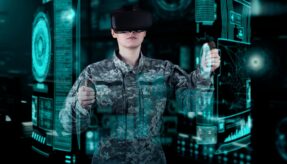
The aerospace and defence sector is currently experiencing significant growth. In fact, research shows that in 2022 it was valued at $750 billion, and by 2030 it is projected to reach $1388 billion.
As the industry expands, it must embrace a range of emerging technologies to meet demand without compromising security or trust. These technologies will include autonomous systems, data analytics, cybersecurity measures, and biometrics – which will play a crucial role in verifying identities, protecting homeland security, and securing military intelligence, says John Cullen, Strategic Marketing Director Digital Identity at Thales.
The growing threat landscape
In an era of growing complexity and interconnectivity, defence organisations find themselves more vulnerable to attacks. In fact, government and military organisations are being heavily targeted by cybercrime, with the Ministry of Defence recently suffering a cyberattack that saw the details of 270,000 armed forces personnel exposed.
However, defence organisations remain vigilant, addressing both physical and digital vulnerabilities. They recognise that digital technology can fortify defences against physical threats, helping to protect the safety and security of nations.
The role of biometrics
Biometric technology enables organisations to identify and authenticate individuals based on their unique characteristics quickly and reliably. Using face, palm, finger or iris data, organisations can confirm that a person is who they claim to be.
Biometrics is especially important in defence due to the sensitive nature of the work it involves. For example, biometrics can make sure an employee’s identity is verified before they access sensitive information on company systems. It also plays a crucial role in real-world military operations, controlling access to secure facilities and allowing only authorised personnel with appropriate security clearance to pass through checkpoints. This ensures that no uninvited intruders are able to gain entry.
Furthermore, modern militaries need to bring together dynamically different units from across their own forces and allies. Given this level of collaboration, it’s critical to be able to ascertain someone is who they say they are, and that you can flexibly give them access to physical places and online systems. Biometric technologies empower personnel to do just that.
Beyond biometrics
Combining biometrics with other factors, such as passwords or smart cards, can further bolster security. For example, multi-factor authentication (MFA) ensures that only authorised personnel can access critical information or perform specific actions.
Artificial intelligence (AI) is also increasingly being used alongside biometrics to enhance the ability to analyse data captured via biometric tools. As with many other use cases, artificial intelligence in this context enhances the user experience and speeds up processes. AI will continue to advance in its ability to recognise and analyse biometric data – helping to drive further efficiencies and improve security.
The way forward
As the defence industry continues to grow and evolve, biometrics will be at the forefront as one of the catalysts responsible for moving the industry one step forward. To ensure stakeholder buyer-in and that the technology can reach its full potential, leaders must take a proactive approach to communicating the steps it is taking to secure data, and the importance of biometrics to improve safety and protect nations.
Ultimately, by implementing transparent, understandable, and ethical biometrics, defence organisations can navigate growth while enhancing efficiency, safety, and overall performance.
Article submitted by John Cullen, Strategic Marketing Director Digital Identity at Thales
If you would like to join our community and read more articles like this then please click here








